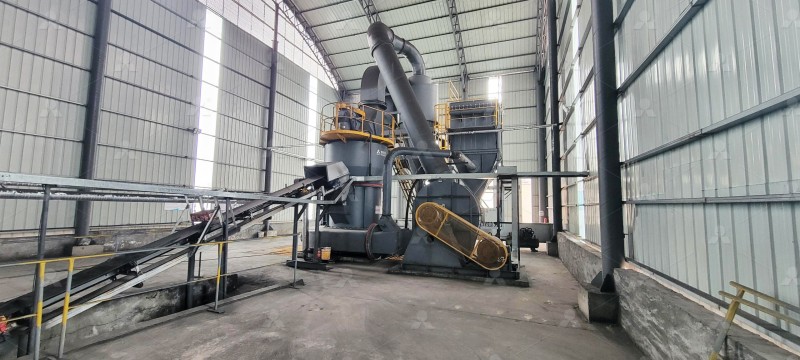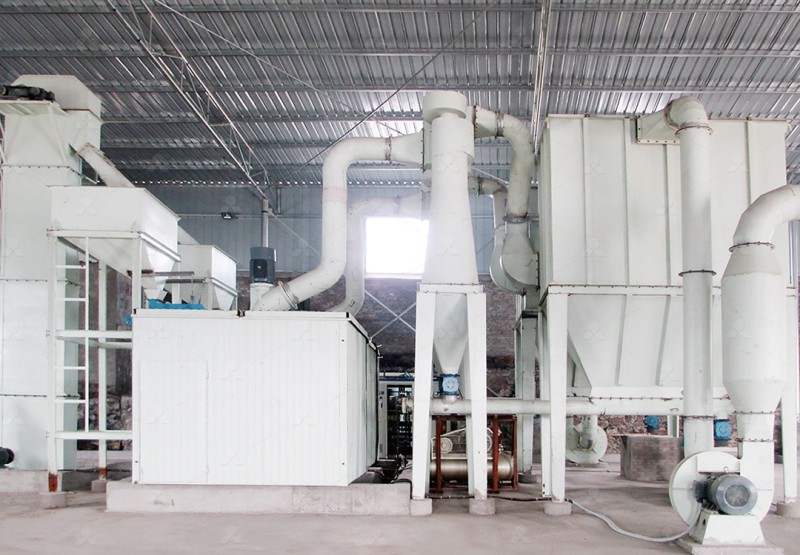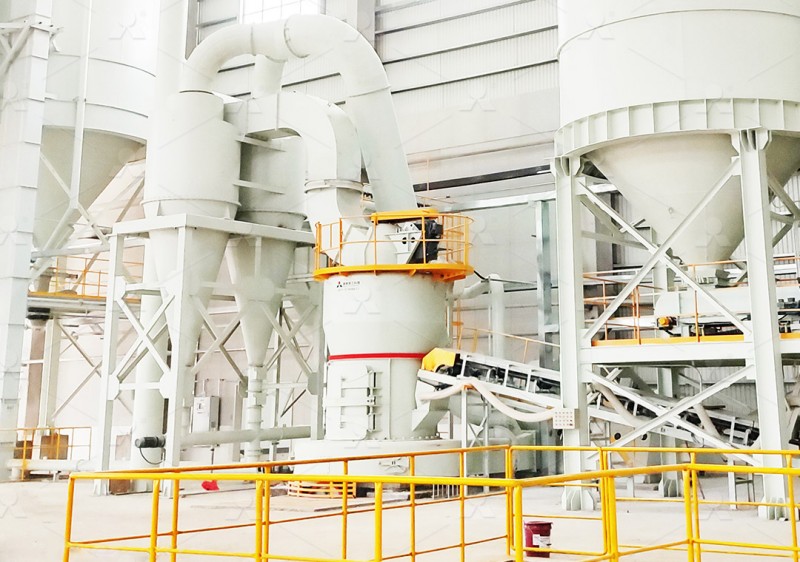High-Efficiency Medium Speed Grinding Mill for Serpentine Processing
High-Efficiency Medium Speed Grinding Mill for Serpentine Processing
Serpentine minerals present unique challenges in mineral processing operations due to their fibrous structure and variable hardness characteristics. Traditional grinding methods often struggle to achieve the precise particle size distribution required for optimal serpentine utilization in industrial applications while maintaining operational efficiency. The quest for advanced comminution technology has led to significant innovations in medium-speed grinding systems specifically engineered for complex silicate minerals.

Modern serpentine processing demands equipment capable of handling materials with input sizes up to 20mm while delivering consistent output between 325-2500 meshes. The fibrous nature of serpentine requires specialized grinding curves and precise control over grinding pressure to prevent unnecessary energy consumption and equipment wear. Operations seeking throughput capacities between 0.5-25 tph must consider mills with advanced powder separation technology and robust construction.
Technical Considerations for Serpentine Comminution
The transformation of serpentine from raw mineral to fine powder involves multiple processing stages where grinding efficiency becomes paramount. Material characteristics including moisture content, abrasiveness, and fibrous structure directly impact mill selection. Operations must balance production requirements with energy consumption, particularly given the typically high grinding resistance of magnesium silicate minerals.
Our MW Ultrafine Grinding Mill represents a significant advancement in serpentine processing technology. Engineered specifically for challenging materials, this system features newly designed grinding curves of grinding roller and grinding ring that enhance grinding efficiency by 40% compared to conventional jet mills. The absence of rolling bearings and screws in the grinding chamber eliminates common failure points, while the German-designed cage-type powder selector ensures precise separation between 325-2500 meshes.

Operational Advantages in Serpentine Applications
The integration of efficient pulse dust collection and muffler systems addresses the environmental concerns associated with serpentine processing. These systems maintain dust emissions well below regulatory thresholds while reducing operational noise pollution. The external lubrication system enables continuous 24-hour operation without shutdowns for maintenance, significantly improving overall equipment effectiveness.
For operations requiring alternative configurations, our LUM Ultrafine Vertical Grinding Mill offers complementary benefits with its unique roller shell and lining plate grinding curve. This design generates material layers more effectively, achieving higher finished product rates through single-pass powder milling. The PLC control system and multi-head powder separating technology provide exceptional control over grinding parameters, reducing energy consumption by 30-50% compared to conventional mills.
Economic and Environmental Benefits
The financial viability of serpentine processing operations heavily depends on reducing operating costs while maintaining product quality. Modern grinding systems achieve this balance through several mechanisms: lower specific energy consumption, reduced maintenance requirements, and improved product consistency. The digitalized processing of core components ensures machining precision that translates to longer service intervals and more stable operation.

Environmental compliance represents another critical consideration. Advanced grinding mills incorporate comprehensive dust management systems that capture particulate matter throughout the grinding process. The fully enclosed negative pressure operation prevents material escape, while specialized sealing technologies maintain system integrity even during high-volume production.
Future Directions in Serpentine Comminution
As industrial applications for serpentine continue to expand, grinding technology must evolve to meet increasingly stringent requirements for product purity and particle morphology. The integration of artificial intelligence for real-time process optimization and predictive maintenance represents the next frontier in grinding mill technology. These advancements will further enhance the efficiency and reliability of serpentine processing operations worldwide.
Frequently Asked Questions
Q: What particle size range can be achieved when processing serpentine with your grinding mills?
A: Our MW Ultrafine Grinding Mill can produce serpentine powders with fineness adjustable between 325-2500 meshes (approximately 45-5 microns), with screening rates achieving d97≤5μm in a single pass.
Q: How does your equipment handle the abrasive nature of serpentine minerals?
A: We utilize wear-resistant alloys developed in collaboration with scientific institutes for grinding components, providing 1.7-2.5 times longer service life compared to traditional high manganese steel. The absence of rolling bearings in the grinding chamber further reduces wear-related maintenance.
Q: What capacity ranges are available for serpentine processing operations?
A: Our grinding mill portfolio offers capacities from 0.5-25 tph for ultrafine applications (MW Series) and 5-18 tph for vertical grinding systems (LUM Series), accommodating various production requirements.
Q: How do your mills address environmental concerns associated with serpentine dust?
A: All our grinding systems incorporate efficient pulse dust collectors and operate under negative pressure, preventing dust emissions. Additional silencers and noise elimination rooms ensure compliance with environmental standards.
Q: What maintenance advantages do your designs offer for continuous operations?
A: Our mills feature external lubrication systems that allow maintenance without shutdowns, reversible structures for easy component access, and split-design vulnerable parts that reduce replacement time and costs.
